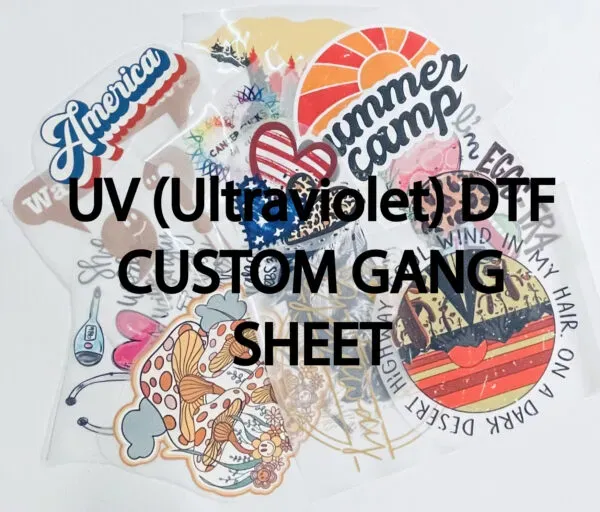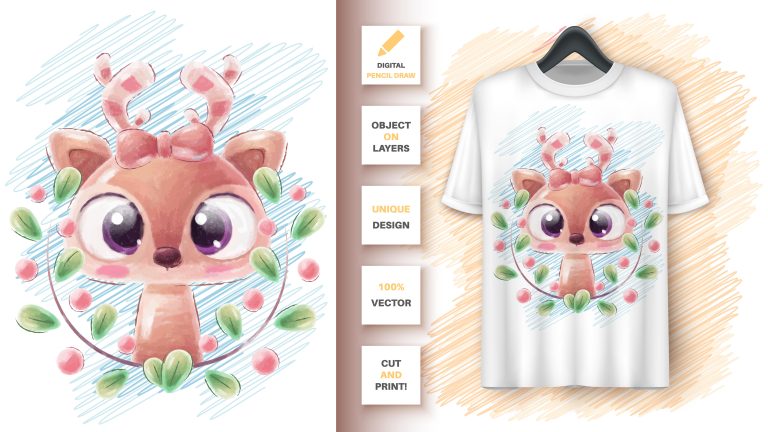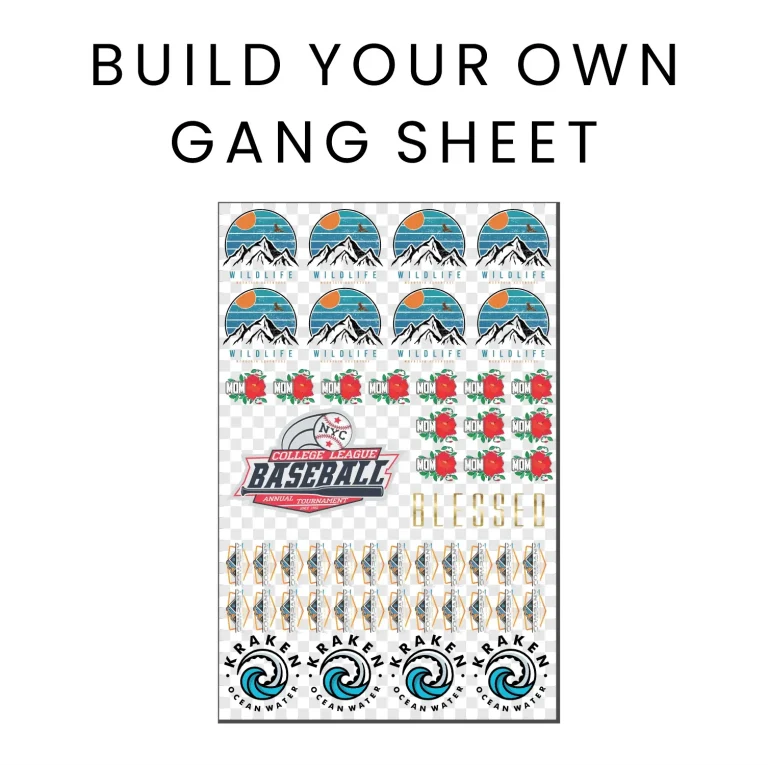UV DTF Gangheet: A Revolution in Custom Printing
In the dynamic landscape of custom printing, **UV DTF Gangheet** is emerging as a game-changer. This innovative technique seamlessly merges the capabilities of UV printing technology with Direct to Film (DTF) printing, resulting in unparalleled customization and vibrant outputs. With its ability to cater to diverse substrates, UV DTF is not only revolutionizing the way designs are printed but also setting new standards for quality and durability. As businesses increasingly seek custom printing solutions that ensure sustainability, this technology stands out for its eco-friendly practices and reduced waste. In this article, we will delve into the world of UV DTF printing, exploring its mechanisms, advantages, and the future it promises for custom dedicated printing enthusiasts.
As the industry embraces new terms in the printing technology domain, you may hear **UV DTF Gangheet** described in various ways, such as ‘direct to film UV printing’ or ‘hybrid printing solutions.’ This evolution reflects a broader perspective on how digital printing integrates different technologies to enhance quality and efficiency. Direct to film approaches have gained popularity for their versatility, while UV techniques have been recognized for their quick-drying characteristics and rich color fidelity. By combining these methodologies, the printing world is witnessing a shift towards more sustainable practices and customized solutions that meet diverse consumer needs. This article will provide insights into this exciting blend, highlighting how UV DTF printing is reshaping the future of personalized products.
Understanding UV DTF Gangheet: A Game-Changer in Custom Printing
In the realm of custom printing, the term ‘UV DTF Gangheet’ has become synonymous with innovation. This advanced technology seamlessly combines the strengths of UV printing and Direct to Film (DTF) printing, creating a unique solution for producing vibrant and durable prints. As businesses strive to keep up with the fast-paced demands of the market, understanding the implications of this method is crucial. By leveraging these advanced techniques, companies can elevate their product offerings and ensure they remain competitive.
The UV DTF Gangheet process enhances both the efficiency and quality of print outputs. With its ability to cure inks quickly through ultraviolet light, this method not only speeds up production times but also results in stunning clarity and color fidelity. As more industries adopt such technologies, understanding their features and benefits will enable businesses to make informed decisions about the best printing solutions for their needs.
Benefits of UV DTF Printing Technology
One of the standout benefits of UV DTF printing technology is its versatility across various substrates. Unlike traditional screen printing, which limits businesses to specific material types, UV DTF can efficiently print on textiles, plastics, metals, and more. This flexibility allows businesses to explore diverse product ranges and creative applications, meeting the unique demands of both consumers and industries.
Additionally, the durability of prints produced through the UV DTF Gangheet process is remarkable. The specially formulated inks and the quick curing process ensure that the graphics produced are resistant to fading, scratching, and peeling. This durability is a critical aspect for products that face everyday wear and tear, allowing businesses to confidently offer high-quality items to their clients.
The Science Behind UV DTF Printing
The science behind UV DTF printing involves complex interactions between specially designed inks and the substrates they are applied to. During the printing process, inks are deposited onto a transfer film and immediately cured using ultraviolet light. This not only accelerates the drying time but ensures a strong bond with the substrate, resulting in vibrant prints that capture fine details.
Moreover, the UV curing process contributes to the overall eco-friendliness of DTF printing. Traditional printing methods often rely on solvent-based inks that emit volatile organic compounds (VOCs). In contrast, UV inks used in the UV DTF process are more sustainable, as they generally contain fewer harmful chemicals, aligning with the shift towards sustainable printing practices.
Market Trends Driven by UV DTF Innovations
The rise of personalization and custom products in the retail landscape has paved the way for technologies like UV DTF Gangheet. As consumers increasingly seek personalized items, businesses can utilize this technology to deliver high-quality customized goods swiftly. This trend emphasizes the need for efficient and flexible printing solutions to cater to varied consumer preferences.
Additionally, sustainability trends are shaping the expectations consumers have towards printing solutions. Businesses adopting UV DTF technology not only enhance their product offerings but also align with environmentally-conscious practices. By embracing sustainable printing methods, companies can reduce their carbon footprint, which is becoming a crucial aspect of brand loyalty among environmentally-aware customers.
How UV DTF Gangheet Is Transforming Industries
UV DTF Gangheet represents a transformative force across multiple industries by providing exceptional quality and adaptability in custom printing. In the fashion industry, for instance, brands are leveraging this technology to create vivid designs that remain intact despite repeated washing. This capability allows designers to experiment with intricate patterns and colors, enhancing the visual appeal of their collections.
Similarly, promotional goods and merchandise sectors are benefiting significantly from UV DTF printing. The ability to print on unconventional materials opens new avenues for creative marketing strategies. Brands can now produce customized items that are not only functional but also visually striking, increasing their customer engagement and marketing effectiveness.
Future Prospects of UV DTF Printing
The future of UV DTF printing looks promising as advancements in technology and materials continue to evolve. With manufacturers keen on refining their techniques and expanding color options, businesses can expect even greater capabilities for intricate and vibrant designs. The ongoing research and development in this area may lead to breakthroughs that could further reduce costs and improve sustainability.
As the demand for personalized products continues to rise, companies that embrace innovations like UV DTF Gangheet will likely remain at the forefront of the custom printing landscape. Staying updated with technology trends and customer preferences will be key for businesses aiming to harness the full potential of UV DTF printing.
Frequently Asked Questions
What is UV DTF Gangheet and how does it differ from traditional DTF printing?
UV DTF Gangheet is a cutting-edge printing technology that combines UV printing and Direct to Film (DTF) printing. Unlike traditional DTF printing, which uses standard inks that may require longer drying times, UV DTF utilizes ultraviolet light to instantly cure the ink, resulting in quicker production times and enhanced durability.
How does UV DTF Gangheet enhance the quality of custom printing solutions?
The UV DTF Gangheet technique improves custom printing solutions by ensuring vibrant colors and fine details are preserved. The immediate curing process provided by UV technology allows for high-quality output that is resistant to fading, scratching, and peeling, making it ideal for various applications.
What types of materials can UV DTF Gangheet print on?
One of the significant advantages of UV DTF Gangheet is its versatility; it can print on a wide range of substrates, including textiles, plastics, metals, and more. This capability makes it an excellent choice for businesses requiring diverse product offerings in their custom printing solutions.
Is UV DTF Gangheet a cost-effective option for businesses looking for custom printing?
Yes, UV DTF Gangheet is considered a cost-effective option for businesses. The technology reduces material waste and operational costs, allowing companies to offer custom products at competitive prices while minimizing their overall investment in printing technology.
What role does UV DTF Gangheet play in sustainable printing practices?
UV DTF Gangheet contributes to sustainable printing practices by enabling the use of eco-friendly inks and materials. This method reduces waste and emissions commonly associated with traditional printing methods, aligning businesses with the growing demand for environmentally responsible production.
How can businesses leverage UV DTF Gangheet for fast production cycles?
Businesses can leverage UV DTF Gangheet for fast production cycles due to the efficient nature of DTF printing combined with the quick curing times of UV technology. This capability is especially beneficial in markets that require rapid turnaround times for personalized merchandise and custom apparel.
| Key Point | Description |
|---|---|
| What is DTF Printing? | DTF printing allows designs to be printed onto a film, then transferred to various substrates, providing flexibility, vibrant colors, and intricate designs. |
| Union of UV Printing and DTF | Combines the benefits of UV printing’s speed and quality with DTF’s versatility, enhancing print durability and adhesion. |
| Advantages of UV DTF Printing | Versatility, enhanced durability, rapid production times, cost-effectiveness, and high-quality output are key benefits. |
| Market Trends | Growing demand for personalized retail and promotional products drives the need for versatile printing solutions like UV DTF. |
| Environmental Considerations | UV DTF printing promotes eco-friendly practices by using sustainable materials and reducing waste. |
Summary
UV DTF Gangheet represents a groundbreaking approach in custom printing, merging advanced UV and DTF technologies to offer unparalleled versatility and print quality. This innovative technique not only allows for the printing of stunning, detailed images on a myriad of substrates—including textiles, plastics, and metals—but also ensures exceptional durability, making designs resistant to fading and wear. As businesses increasingly seek cost-effective solutions that enhance production speeds and quality, the adaptive nature of UV DTF Gangheet positions it as a leader in the future of custom printing. Additionally, its focus on sustainability aligns with the growing demand for eco-friendly practices in the industry, marking it as a pivotal development in modern printing technologies.






